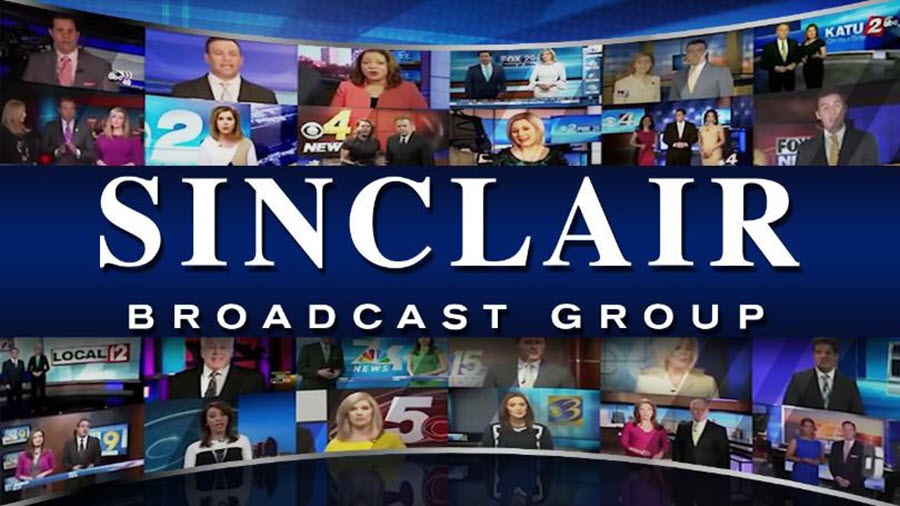Katrina Makes Case for Hydrogen Fuel Cells
Jadoo, UltraCell provide alternative power supplies
SEATTLE: The first reaction by many, (including this writer), who saw hydrogen fuel cell technology introduced at NAB a few years ago may have been "that's interesting, but I don't see it replacing my rechargeable lithium-ion camera batteries any time soon."
Hydrogen fuel cells convert hydrogen gas into electricity, and were introduced at the Las Vegas gathering in a brick-like form factor, ready to be snapped on the back of camcorders. The ones shown in 2004 by Jadoo Power Systems are quickly recharged with additional hydrogen instead of having to be docked to a charger plugged into the wall.
It seemed a novel approach at the time, and Jadoo has had some significant sales in the television industry. But Hurricane Katrina, as it did in so many areas, got more than just TV stations thinking about how they could operate when the electrical power grid went down.
"Police departments in New Orleans, whose radios were integral to their response, found them dead after 24 hours with no way to recharge them," said Jack Peterson, vice president, sales and marketing for Jadoo, based in Folsom, Calif.
One of the appeals of the hydrogen fuel cells is their virtually infinite shelf life.
"Once they're charged, they don't sit there and degrade like a battery," Peterson said. "So if they had had this in their emergency preparedness kit, in situations like this, you pull it out and plug it in and get to work."
He pointed to another industry looking seriously at hydrogen fuel cell technology--gas stations.
Jadoo is now talking with oil companies about building fuel cells into the pumps themselves. When the power grid goes down, the pumps would switch to the fuel cells to operate.
TRANSPO EXEMPTION
Even with all this newfound interest, Jadoo is not leaving the television industry behind.
Jadoo has received an exemption from the U.S. Dept. of Transportation to transport its fuel cells via air cargo, and they're in the middle of discussions about transporting their fuel cells in the cabin. In the meantime, the company is exploring other ways of getting hydrogen to broadcasters working outside their own markets.
Peterson says Jadoo will be coming out with a set of adapters which expand the line into usages such as lights, editing equipment and microwave transmitters.
He pointed out that even though ENG trucks carry their own generators, their noise and fumes can be eliminated by powering up with hydrogen fuel cells.
The fuel cells are also turning out to be a big hit with television engineers on more than just their Monday through Friday job.
"A lot of broadcasters are ham radio operators," Peterson said, "and on the weekend, they're using them to power their ham radios off-grid."
At NAB2005, Jadoo introduced the next generation of its NABII fuel cell, which it touts as 20 percent lighter than its previous system. The company also debuted a new refill station that allows users to charge the system to 75 percent full (100 Wh of runtime) in 20 minutes, along with its new hot swappable N-Stor 8 energy storage cartridge that offers 275 Wh of runtime.
Sinclair Broadcast Group is an investor in the company. Among Jadoo's broadcast customers are KOVR-TV, the CBS affiliate in Sacramento, Calif.
ULTRACELL
Another fuel cell company is getting ready to target broadcasters, but they're already well-known by the Dept. of Defense.
"We have been chosen by the Communications-Electronics Research, Development, and Engineering Center to provide EDT units for land warrior for March of 2006," said William Hill, vice president of marketing for UltraCell Corp, based in Livermore, Calif.
The high-tech gear the modern soldier carries needs to be powered, needing in the neighborhood of 20 watts for full function. Peterson said this is where the company's fuel cells offer a significant advantage.
"They use a standard 72-hour mission as kind of a guideline, and today for a standard 72-hour mission, the average member of that squad would need between 20 and 35 pounds of batteries."
UltraCell's approach differs from Jadoo's by using reformed methanol fuel cells, where recharging is done by swapping out methanol canisters. With a reformed methanol fuel cell, "you end up with dramatically less weight," Hill said. "In fact, it's about one-third the weight of the lithium ion batteries that are being used today."
He cites the ready availability of methanol as an advantage of UltraCell's technology.
"It's one of the most hydrogen-rich liquid fuels that's out there, it's fairly ubiquitous." he said.
UltraCell also faced the challenge of getting its fuel cells and fuel approved to be carried in the airline cabin. The International Civil Aviation Organization just approved methanol fuel to be carried on passenger aircraft as luggage, beginning in January 2007, according to Peterson. The new rules would allow transportation of the reformer fuel cell and three 200 cc cartridges of methanol in the cabin.
He said UltraCell will roll out products for broadcasters and other commercial users in 2006.
Get the TV Tech Newsletter
The professional video industry's #1 source for news, trends and product and tech information. Sign up below.
